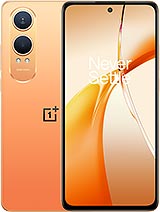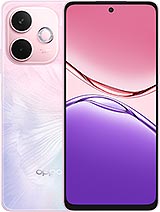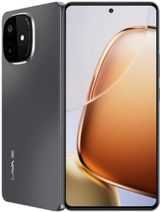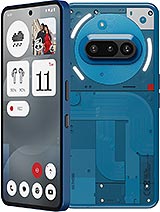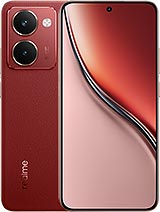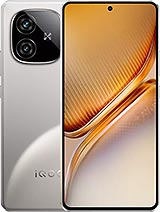Lava Blaze Amoled 2 alternatives
Tap above to see alternatives.
Motorola Edge 60 Fusion alternatives
Tap above to see alternatives.
Lava Blaze Amoled 2
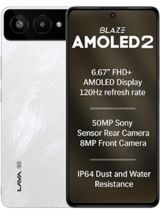
Lava Blaze Amoled 2
-
Dimensity 7060
6 nm
-
5000 mAh
33W
-
6.67"
1080 x 2400 pixels
-
50 MP
1080p@30fps
-
Specs

Motorola Edge 60 Fusion

Motorola Edge 60 Fusion
-
Dimensity 7400
4 nm
-
5500 mAh
68W
-
6.67"
1220 x 2712 pixels
-
50 MP
4K@30fps
- Specs
2x2.6 GHz Cortex-A78
6x2.0 GHz Cortex-A55
4x2.6 GHz Cortex-A78
4x2.0 GHz Cortex-A55
12GB 256GB (UFS 2.2)
(wide), AF
Auxiliary lens
f/1.8, (wide), 1/1.56", 1.0µm, dual pixel PDAF, OIS
13 MP
f/2.2, 120˚ (ultrawide), 1/3.0", 1.12µm, AF
1080p@30/60/120/240fps
f/2.2, (wide), 1/3.14", 0.7µm
1080p@30fps
SIM1: Nano, SIM2: Nano (Hybrid)
9 5G bands
n1, n3, n5, n8, n28, n40, n41, n77, n78
11 5G bands
n1, n2, n3, n5, n8, n28, n38, n40, n41, n77, n78
In this performance comparison, the Motorola Edge 60 Fusion with its MediaTek Dimensity 7400 (4nm) performs better than the Lava Blaze Amoled 2 with the Mediatek Dimensity 7060 (6nm), thanks to superior chipset efficiency.
Motorola Edge 60 Fusion offers 3 years of OS updates, whereas Lava Blaze Amoled 2 provides 1 years. For security updates, Motorola Edge 60 Fusion offers 4 years of support compared to Lava Blaze Amoled 2's 2 years.
Both Lava Blaze Amoled 2 and Motorola Edge 60 Fusion feature AMOLED displays, offering vibrant colors and deeper blacks. Both smartphones offer the same 120 Hz refresh rate. Motorola Edge 60 Fusion also boasts a brighter screen with 4500 nits of peak brightness, enhancing outdoor visibility. Notably, Motorola Edge 60 Fusion offers a higher screen resolution, resulting in sharper visuals and more detailed content.
Motorola Edge 60 Fusion features a larger 5500 mAh battery, potentially delivering better battery life. Motorola Edge 60 Fusion also supports faster wired charging at 68W, compared to 33W on Lava Blaze Amoled 2.
Motorola Edge 60 Fusion offers better protection against water and dust with an IP69 rating.
- Lava Blaze Amoled 2 – Check price here
¹ Scores can vary even with the same chipset due to RAM, thermals, and software optimization.

